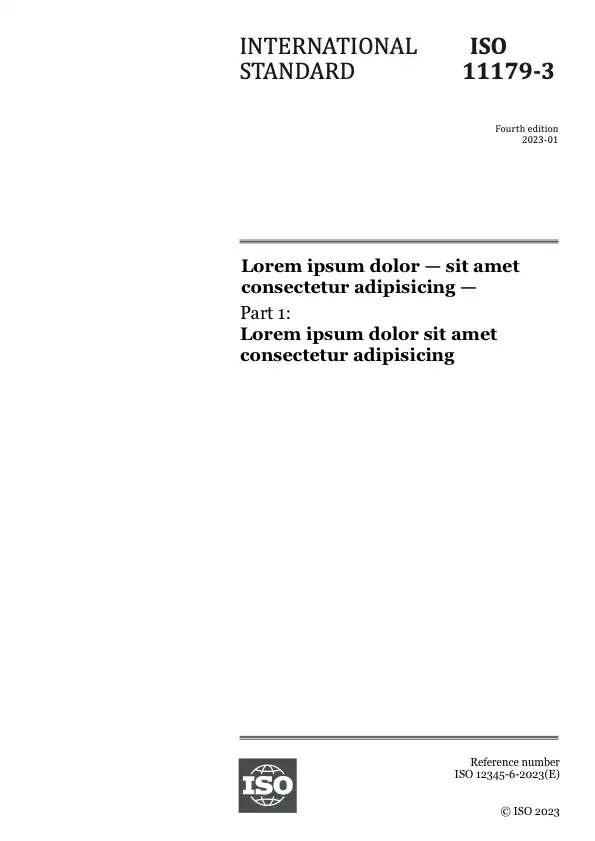Тезис
This document describes a torsional, non-resonance method for determining the components of the shear complex modulus G* of solid polymers in the form of bars or rods at frequencies typically in the range 0,001 Hz to 100 Hz. Higher-frequency measurements can be made, but significant errors in the dynamic properties measured are likely to result (see 10.2.1 and 10.2.2). The method is suitable for measuring dynamic storage moduli ranging from about 10 MPa, which is typical of values obtained for stiff rubbers, to values of about 10 GPa which are representative of fibre-reinforced plastics. Although materials with moduli less than 10 MPa can be studied, more accurate measurements of their dynamic properties can be made using simple shear (see ISO 6721-6) or torsional deformations of thin layers between parallel plates.
This method is particularly suited to the measurement of loss factors greater than 0,02 and may therefore be conveniently used to study the variation of dynamic properties with temperature and frequency through most of the glass-rubber relaxation region (see ISO 6721‑1). The availability of data determined over wide ranges of both frequency and temperature enable master plots to be derived, using frequency-temperature shift procedures, which display dynamic properties over an extended frequency range at different temperatures.
NOTE Although loss factors below 0,1 can be more accurately determined using the torsion pendulum (see ISO 6721‑2), the method described in this document enables a much wider and continuous frequency range to be covered.
Preview
Общая информация
-
Текущий статус: ОпубликованоДата публикации: 2019-04Этап: Систематический пересмотр между-народного стандарта [90.20]
-
Версия: 2
-
Технический комитет :ISO/TC 61/SC 5ICS :83.080.01
- RSS обновления
Жизненный цикл
-
Ранее
ОтозваноISO 6721-7:1996
ОтозваноISO 6721-7:1996/Amd 1:2007
-
Сейчас
ОпубликованоISO 6721-7:2019
Стандарт, который пересматривается каждые 5 лет
Этап: 90.20 (Hа стадии пересмотра)-
00
Предварительная стадия
-
10
Стадия, связанная с внесением предложения
-
20
Подготовительная стадия
-
30
Стадия, связанная с подготовкой проекта комитета
-
40
Стадия, связанная с рассмотрением проекта международного стандарта
-
50
Стадия, на которой осуществляется принятие стандарта
-
60
Стадия, на которой осуществляется публикация
-
90
Стадия пересмотра
-
95
Стадия, на которой осуществляется отмена стандарта
-
00
Появились вопросы?
Ознакомьтесь с FAQ
Часы работы:
Понедельник – пятница: 09:00-12:00, 14:00-17:00 (UTC+1)
